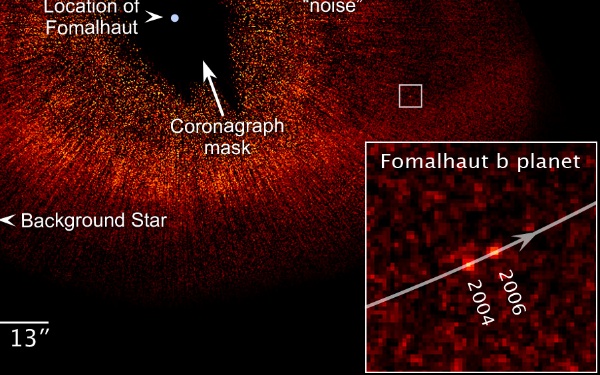Here are the web links I’ve found for 27 July 2009 through 03 August 2009, posted not-quite automatically, and very late.
- Viral Wedding Video’s 10M Views Drive Chris Brown Buzz and Sales | Nielsen Wire: That “viral” (by which they just mean “popular”) video of a wedding party dancing into the church [was it a church?] reminded everyone of Chris Brown’s tedious autotune’d song again, with the result that it ended up in iTunes’ Top 10. Yet another example of how something being given away increases its sales.
- Who needs newspapers when you have Twitter? | Salon News: A massive troll by Wired editor Chris Anderson, seeking attention for his new book Free, which is not free. He starts by saying he doesn’t use the words “media” or “news” or “journalism”, but doesn’t offer any alternatives. Wanker.
- Techfest 2009 | NICTA: On 12 August 2009, NICTA showcases some of the new ICT research and development they’ree working on at this most-of-the-day event in Sydney. Let me know if you’d like to join me.
- Women In Film | YouTube: A morph-montage of some of the most famous female faces in film. Note how the eyes are so similar.
- Men In Film | YouTube: A morph-montage of some of film’s most famous male faces. It’s a challenge to spot all of them. Note how similar most of the noses are.
- Ashes 09: Hughes’ Twitter drop – Gen Y meets the Baggy Green | Crikey: Twitter, Criket Australia style: “We get the Twitter from Phillip and I feed them into our IT guy.” Somehow I don’t think they get this “personal” and “spontaneous” stuff.
- 栏目(目录): China’s PLA Daily offers free downloads of (military) music, plus some cheesy animated GIFs.
- Real Black Hats Hack Security Experts on Eve of Conference | Wired.com: Infosec “expert” Dan Kaminsky has been pwn3d, and his lame choice for passwords exposed.
- Tesla_Downunder: Some amazing photos of electrical effects from an Australian who’s been building large Tesla coils.
- AdViews: A digital archive of thousands of vintage TV commercials from the 1950s to 1980s, created or collected by ad agency Benton & Bowles or its successor, D’Arcy Masius Benton & Bowles (DMB&B).
- Profile: Gary McKinnon | guardian.co.uk: 43yo Gary McKinnon, diagnosed last August with Asperger’s syndrome, admits to hacking US military computers to fuel his UFO obsession.
- Template Twitter strategy for Government Departments | UK Cabinet Office: The UK has developed a standard 20-page template which departments can use for their own Twitter strategy. I can’t help think that it’ll kill spontaneity before it starts. “All other tweets will be cleared by staff at Information Officer grade and above in the digital media team, consulting relevant colleagues in comms and private offices as necessary.” Gawd.
- The Mind Of A US Army Sniper | newmatilda.com: A fine article on what it means for a soldier, particularly a sniper, to kill a person. And then do it again. Not an easy read, but an important read.
- Reconceptualising “time” and “space” in the era of electronic media and communications | Australian Policy Online: “This paper examines to what extent electronic media and communications have contributed to currently changing concepts of time and space and how crucial their role is in experiencing temporality, spatiality and mobility.”
- Cutthroat Capitalism: An Economic Analysis of the Somali Pirate Business Model | Wired: “Like any business, Somali piracy can be explained in purely economic terms. It flourishes by exploiting the incentives that drive international maritime trade. The other parties involved — shippers, insurers, private security contractors, and numerous national navies — stand to gain more (or at least lose less) by tolerating it than by putting up a serious fight. As for the pirates, their escalating demands are a method of price discovery, a way of gauging how much the market will bear.”
- Mark Thomas Info: I first encountered Mark Thomas by reading his book As Used on the Famous Nelson Mandala: underground adventures in the arms & torture trade. The stand-up comedian and activist for human rights is worth paying attention to.
- The Arms Trade | A Stubborn Mule’s Perspective: Sean Carmody turns his data analysis skills to the Stockholm International Peace Research Institute’s Arms Transfer Database, which I mentioned the other day. This initial foray generates some nice maps.
- The Coming Upstream Revolution. And We Need It | Gigaom: Just as I thought, increasingly two-way communication on the web leads to increased demand for fast uplinks as well as downlinks.
- Metadata for news | BuzzMachine: Jeff Jarvis’ write-up of Associated Press and the Media Standards Trust proposal for a new standard for metadata for news, plus his own thoughts.
- SIPRI Arms Transfers Database | Stockholm International Peace Research Institute: A searchable database of all international transfers in seven categories of major conventional weapons from 1950 to the most recent full calendar year.

